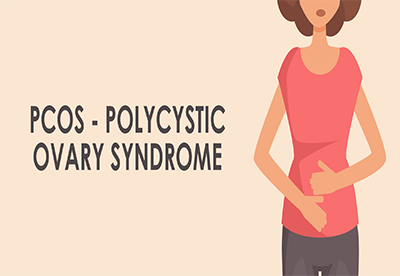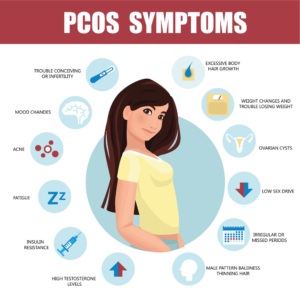How Is Polycystic Ovarian Syndrome Diagnosed?
How Is Polycystic Ovarian Syndrome Diagnosed?

Not everyone agrees on the criteria for diagnosing PCOS, and its definition has been changed over the years.
That said, the most commonly used diagnostic criteria currently being used requires two out of three of the following to apply:
- Irregular or absent menstrual cycles, caused by chronic anovulation
- Either blood test confirmation or outward signs of high levels of androgens (abnormal hair growth, acne).
- The presence of polycystic ovaries, as seen by ultrasound examination.
In addition, other potential causes of anovulation or high androgen levels must be eliminated. This usually includes testing for congenital adrenal hyperplasia, androgen-secreting tumors, and hyperprolactinemia (the presence of abnormally-high levels of prolactin in the blood).

To diagnose PCOS, the doctor will:
- Ask questions about your past health, symptoms, and menstrual cycles.
- Do a physical exam to look for signs of PCOS, such as extra body hair and high blood pressure. The doctor will also check your height and weight to see if you have a healthy body mass index (BMI).
- Do a number of lab tests to check your blood sugar, insulin, and other hormone levels. Hormone tests can help rule out thyroid or other gland problems that could cause similar symptoms.





